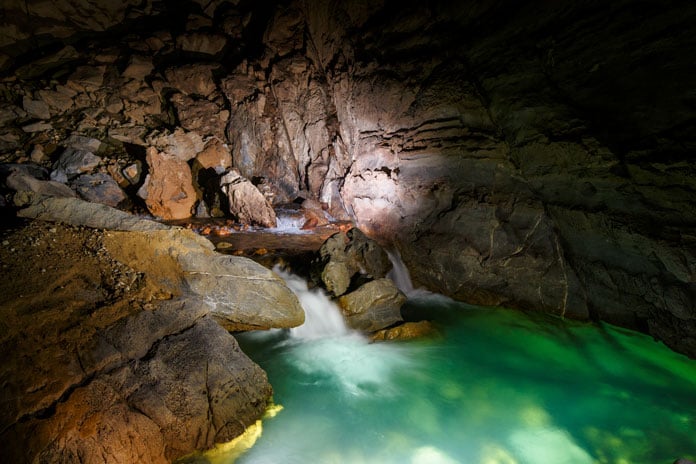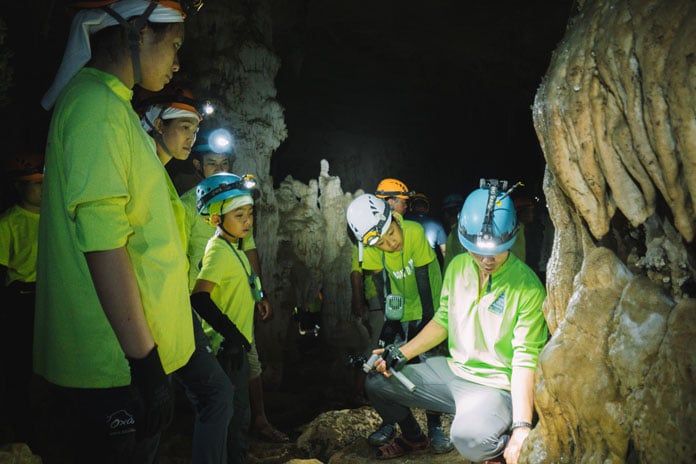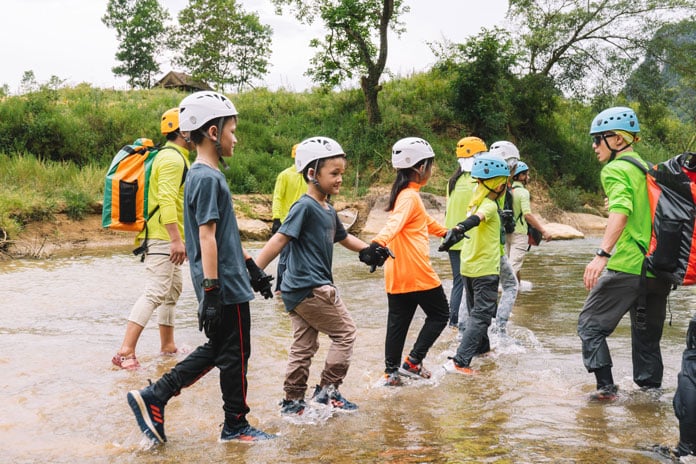Plan Your First Trip to Vietnam: Everything You Need to Know Before
Visiting Vietnam offers an unparalleled experience, combining stunning landscapes, rich cultural heritage, and exquisite cuisine. Travel Off Path, a world-leading indie travel news source has named Vietnam the safest country to visit in Asia for 2024.
This recognition is based on the latest Global Law and Order Index, which ranked Vietnam as the most peaceful state in Asia and seventh worldwide, due to its low crime rates and impressive political stability.
From the breathtaking mountains of Sapa to the vibrant streets of Hanoi, Vietnam's diverse attractions captivate every traveler. As you plan your first trip to Vietnam, consider travel tips for Vietnam, visa requirements, and the best time to visit Vietnam to avoid unexpected surprises and enhance your adventure. This guide will provide valuable tips and insights for planning a memorable journey to Vietnam.
Visa Requirements for Your First Trip to Vietnam: A Comprehensive Guide
As you embark on your journey to visiting Vietnam, understanding the visa requirements is crucial for a smooth entry into the country. Vietnam offers various visa options depending on your nationality and the length of your stay. For more information about overview of visas and transportation for those planning to visit Vietnam, you can check at: Travel to Vietnam • Oxalis Adventure.
Vietnam has a diverse visa policy, catering to different travelers:
- Visa Exemptions: Citizens of certain countries are exempt from needing a visa for short stays. Check if your country is on the exemption list.
- Visa on Arrival (VOA): This option is available for specific nationalities and requires a pre-approval letter.
- E-visas (Electronic Visas): This convenient option allows you to apply for a visa online and receive it electronically. It's available for citizens of many countries.
- Embassy/Consulate Visas: If you don't qualify for other options, you can apply for a visa at the Vietnamese embassy or consulate in your home country.
For detailed information on visa requirements in Vietnam, including a list of exempt countries and the application process for different visa types, please refer to the official website of the Vietnam Immigration Department.
Upon arrival in Vietnam, you'll need to present the following documents:
- Valid Passport: Ensure your passport is valid for at least six months beyond your intended stay.
- Visa (if required): Have your visa ready, whether it's a printed e-visa, a VOA approval letter, or a visa stamped in your passport.
- Return Flight Ticket: You might be asked to show proof of onward travel.
Pro Tip for Planning a Trip to Vietnam:
Keep a copy of your passport and visa information, as well as the contact details of your embassy or consulate in Vietnam, in case of emergencies.
When entering Vietnam, you'll need to fill out a customs declaration form. Declare any goods that exceed the duty-free allowance or are prohibited.
Visa on Arrival (VOA) is for certain nationalities and needs a pre-approved letter. Source: vietnamembassy-uae.org.
Choosing the Best Time for the First Trip to Vietnam
Vietnam's diverse climate and distinct regional seasons offer a unique experience year-round, but understanding the weather patterns is key to planning your perfect trip to Vietnam.
- Northern Vietnam: Summers are hot and humid, while winters are cool and dry. Spring (March-April) and autumn (September-November) boast pleasant weather, ideal for visiting Vietnam's iconic sites like Ha Long Bay.
- Central Vietnam: This region experiences a harsher climate with intense heat and occasional typhoons. The dry season from February to August is perfect for beach vacations in destinations like Da Nang and Hoi An.
- Southern Vietnam: With two distinct seasons, the dry season (December-April) is ideal for exploring the Mekong Delta and Ho Chi Minh City. The wet season (May-November) brings heavy rainfall, but it's also when the countryside is lush and green.
For specific information for climate and best places to visit in Vietnam in each season, check out at: Best Time to Visit Vietnam: Weather and Climate Guide for Travelers.
Note:
- Avoiding Peak Season: If you're looking for budget-friendly options and fewer crowds, consider traveling to Vietnam outside the peak season (July-August).
- Festival Season: Experience the vibrant Vietnamese culture during festive periods like Tet Nguyen Dan (Lunar New Year) in January or February, or other regional festivals throughout the year.
By considering these Vietnam travel tips, you can tailor your travel to Vietnam to your preferences and ensure an unforgettable experience. Remember to check the specific weather conditions for your chosen destinations and plan your itinerary accordingly.
Vietnam's diverse climate and distinct regional seasons offer year-round uniqueness.
Top 10+ Best Places to Visit in Vietnam for first timer
Vietnam, a land of captivating beauty and rich cultural heritage, boasts a diverse landscape stretching along the Indochinese Peninsula's eastern coast. With its extensive coastline bordering the East Sea, Vietnam offers many stunning beaches and coastal attractions. The country's topography is equally diverse, ranging from majestic mountains in the north to fertile deltas in the south, providing visitors with many popular destinations in Vietnam to explore.
Having weathered centuries of historical events, Vietnam's cultural tapestry is woven with unique traditions, customs, and architectural marvels. From ancient temples and bustling cities to serene countryside and vibrant floating markets, traveling to Vietnam is an enriching experience that caters to all interests.
Best Places in Northern Vietnam to Visit:
- Hanoi: The capital city entices visitors with its charming Old Quarter, historical landmarks like the Temple of Literature and Ho Chi Minh Mausoleum, and delectable street food.
- Ha Long Bay: This UNESCO World Heritage site is a breathtaking natural wonder, offering cruises, cave exploration, kayaking, and swimming opportunities.
- Sapa: Nestled in the Hoang Lien Son mountain range, Sapa is renowned for its terraced rice fields, ethnic minority villages, and challenging trekking routes to the peak of Fansipan, Indochina's highest mountain.
- Ninh Binh: This region is home to the stunning Trang An Landscape Complex, the picturesque Tam Coc-Bich Dong caves, and the majestic Bai Dinh Pagoda.
Northern Vietnam is known for its stunning landscapes and rich cultural heritage. Source: Internet
Best Places in Central Vietnam to Visit:
- Hue: The former imperial capital boasts the magnificent Imperial Citadel, royal tombs, the iconic Thien Mu Pagoda, and the scenic Perfume River.
- Hoi An: This enchanting ancient town is a UNESCO World Heritage site, featuring well-preserved architecture, the Japanese Covered Bridge, traditional craft villages, and the beautiful An Bang Beach.
- Da Nang: A vibrant coastal city known for the Ba Na Hills resort, the Marble Mountains, the Dragon Bridge, and the pristine My Khe Beach.
- Phong Nha-Ke Bang National Park: This UNESCO-listed park is home to the world's largest cave, Son Doong, along with other spectacular caves like Tu Lan, En Cave, Phong Nha Cave, Paradise Cave, and the Chay River-Dark Cave system.
Hang En Cave in Phong Nha-Ke Bang National Park
Best Places in Southern Vietnam to Visit:
- Ho Chi Minh City: The bustling metropolis offers historical sites like the Reunification Palace and Notre Dame Cathedral, vibrant markets like Ben Thanh, and the poignant Cu Chi Tunnels.
- Mekong Delta: This vast river network is known for its floating markets, lush orchards, traditional villages, and unique cultural experiences.
- Phu Quoc: Vietnam's largest island is a tropical paradise with stunning beaches, Phu Quoc National Park, the Hon Thom cable car, and the charming Ham Ninh fishing village.
By planning your itinerary carefully and considering the Vietnam travel tips outlined in this guide, you can make the most of your trip to Vietnam and create lasting memories.
Southern Vietnam is known for its vibrant culture, lush landscapes, and bustling cities. Source: Vietnam Tourism
Money and Communication in Vietnam: Essential Tips for Travelers
The official currency of Vietnam is the Vietnamese Dong (VND). As of June 2024, the exchange rate is approximately 1 USD = 25,454 VND. However, it's always recommended to check the current rates before your trip.
Where to Exchange Vietnamese Money:
- Airports: Currency exchange counters are available at major airports like Noi Bai International Airport (Hanoi) and Tan Son Nhat International Airport (Ho Chi Minh City). However, the exchange rates might not be the most favorable.
- Banks: Banks offer reliable exchange services with competitive rates. You can find branches of major banks in cities and towns across Vietnam.
Payment Methods in Vietnam:
- Cash: Cash is the most widely accepted form of payment in Vietnam, especially in smaller towns and local markets.
- Credit Cards: Major credit cards like Visa, Mastercard, and American Express are accepted in larger cities, hotels, restaurants, and tourist shops. However, it's always a good idea to carry some cash for smaller establishments and street vendors.
- Mobile Payment Apps: Mobile payment apps like MoMo, ZaloPay, and ViettelPay are gaining popularity, especially among the younger generation. While not universally accepted, they are convenient for cashless transactions in many places.
ATMs:
ATMs are readily available throughout Vietnam, even in smaller towns. Most ATMs: Vietcombank, BIDV, Agribank, Techcombank,... accept international cards and offer instructions in English. However, be aware of withdrawal fees, which can vary depending on your bank and the ATM operator.
- Safety Tip: When using ATMs, choose well-lit and secure locations, and be cautious of your surroundings. Cover the keypad when entering your PIN to prevent unauthorized access.
SIM Cards and Communication:
Staying connected in Vietnam is easy with local SIM cards. Major mobile network providers like Viettel, Vinaphone, and MobiFone offer affordable data plans and SIM cards that can be purchased at airports, and mobile phone shops. These SIM cards provide reliable coverage throughout the country, allowing you to access the internet, make calls, and use messaging apps.
By understanding the currency exchange, payment methods, and communication options in Vietnam, you'll be well-prepared for your travels and can focus on enjoying your trip to Vietnam to the fullest.
Understanding Culture and Etiquette for the First trip to Vietnam
Understanding and respecting Vietnamese culture is key to a rewarding and enjoyable travel experience. Here are some essential tips to help you navigate cultural norms and etiquette during your trip to Vietnam.
Vietnamese culture values respecting elders. When interacting with older people, use polite language and gestures. When addressing someone, use their title followed by their first name. For example, "Anh" (older brother) for men and "Chị" (older sister) for women.
When visiting temples, pagodas, or other religious sites, dress modestly by covering your shoulders and knees.
Vietnam is a multi-religious country with Buddhism, Catholicism, Caodaism, Hoa Hao, and other faiths coexisting harmoniously. Always respect religious practices and beliefs, even if they differ from yours.
Etiquette Additional Tips:
- Bargaining: Bargaining is common in local markets, but do so respectfully and with a smile.
- Photography: Always ask for permission before taking photos of people, especially monks and nuns.
- Tipping: Tipping is not mandatory in Vietnam, but it's appreciated for good service.
- Public Displays of Affection: Avoid excessive public displays of affection, as they may be considered inappropriate in Vietnamese culture.
No entry, filming, or photography signs in Vietnamese and English are posted at the entrance. Source: 24h.com.vn
Health and Safety Tips for Traveling in Vietnam
Staying healthy and safe is paramount for a worry-free trip to Vietnam. By taking a few precautions and being aware of potential risks, you can ensure a smooth and enjoyable journey.
Food Safety:
- Drink bottled water: Stick to bottled water, as tap water may not be safe for consumption.
- Cooked food: Opt for well-cooked food, especially meat and seafood, to minimize the risk of foodborne illnesses.
Personal Safety When Visiting Vietnam:
- Exercise caution when walking alone at night, especially in unfamiliar areas.
- Keep your valuables secure and avoid displaying expensive jewelry or electronics.
- Be wary of common scams and always negotiate prices before purchasing goods or services.
- Pickpocketing can occur in crowded areas, so be mindful of your belongings and use a money belt or secure bag.
- Travel Insurance: Purchasing comprehensive travel insurance is highly recommended for any trip to Vietnam. It can cover medical emergencies, trip cancellations, lost luggage, and other unforeseen events.
Essential Medications and Insect Repellent:
- Common Medications: Pack a basic first-aid kit with pain relievers, antihistamines, diarrhea medication, and any prescription medications you require.
- Insect Repellent: Mosquitoes and other insects can be prevalent in Vietnam, so pack insect repellent containing DEET or picaridin.
Transportation Options in Vietnam: An Essential Guide
Vietnam offers a diverse range of transportation options to cater to different travel styles and budgets. Whether you're planning a quick trip between major cities or a leisurely exploration of the countryside, here's a breakdown of the various modes of transport available:
- Air Travel: Ideal for long-distance travel between major cities like Hanoi, Ho Chi Minh City, and Da Nang. Numerous domestic airlines like Vietnam Airlines, Vietjet Air, and Bamboo Airways offer competitive fares. Prices vary depending on the route and booking time, but generally range from $30 to $100 per flight.
- Train Travel: The Reunification Express train line runs the length of the country, offering stunning views of the Vietnamese landscape. Train travel is a budget-friendly option, with tickets ranging from $10 to $50 depending on the class and distance. Choose from different classes, including hard seats, soft seats, and sleeper cabins for overnight journeys.
- Bus Travel: Buses are a popular choice for short to medium-distance travel, connecting cities, towns, and rural areas. Numerous bus companies: Phương Trang, Kumho Samco,... offer different service levels, from standard buses to luxurious sleeper buses with comfortable beds. Bus fares are affordable, typically ranging from $5 to $20.
- Motorbike Rental: Renting a motorbike is a popular way to explore Vietnam's countryside and smaller towns at your own pace. You'll need an international driver's license and experience riding a motorbike. Always wear a helmet and be cautious of traffic conditions. Motorbike rentals typically cost around $5 to $10 per day.
| Transportation Mode | Cost | Convenience | Best for |
|---|---|---|---|
| Airplane | High | High | Long distances between major cities |
| Train | Medium | Medium | Scenic journeys, budget travel |
| Bus | Low | Varies | Short distances, budget travel |
| Motorbike | Low | High (flexibility) | Independent exploration, rural areas |
Top 7 Vietnamese Food That Will Stolen Your Heart
No trip to Vietnam is complete without indulging in its vibrant and diverse culinary scene. From iconic dishes like pho, bun cha, and banh mi to regional specialties like cao lau, com tam, and goi cuon, Vietnamese cuisine offers a symphony of flavors that will tantalize your taste buds.
Vietnam's Must-Try Dishes:
- Pho: This iconic noodle soup is a national treasure, with variations found throughout the country.
- Bun Cha: Grilled pork patties served with vermicelli noodles and a dipping sauce.
- Banh Mi: A delicious fusion of French and Vietnamese flavors, this baguette sandwich is filled with various meats, vegetables, and herbs.
- Cao Lau: A Hoi An specialty featuring thick noodles, pork slices, and local greens.
- Com Tam: Broken rice served with grilled pork chop, steamed egg, and pickled vegetables.
- Goi Cuon: Fresh spring rolls filled with shrimp, pork, herbs, and vermicelli noodles.
- Vietnamese Coffee: Strong and flavorful, often served with condensed milk.
From pho and bun cha to cao lau and goi cuon, Vietnamese cuisine delights your taste buds. Source: VnExpress
Embrace the vibrant street food culture by sampling delicious dishes from local vendors. Explore family-run restaurants and eateries for authentic flavours and affordable prices. For a special occasion, indulge in upscale Vietnamese cuisine at renowned restaurants.
Tips for Enjoying Vietnamese Food:
- Always ask for prices before ordering. Don't be afraid to try new and unique dishes, as they often hold the most authentic flavours.
- By embracing Vietnam's rich culinary heritage, you'll not only satisfy your taste buds but also gain a deeper understanding of the country's culture and traditions.
Packing Tips for Your First Vietnam Adventure
Packing smartly for your trip to Vietnam can significantly impact your travel experience. Here's a guide to help you pack efficiently and ensure you have everything you need for a comfortable and enjoyable journey.
Clothing for Vietnam trip:
- Opt for clothes made from natural fibres like cotton or linen, as they are breathable and comfortable in Vietnam's often warm and humid climate.
- Pack clothes that can be mixed and matched to create different outfits, saving space in your luggage.
- Consider the season and your planned activities. Pack a rain jacket or poncho for the rainy season, a light sweater or jacket for cooler evenings, and swimwear if you plan on visiting the beach.
- When visiting temples and pagodas, dress respectfully by covering your shoulders and knees.
- Pack a hat, sunglasses, and sunscreen to protect yourself from the strong sun.
- Bring comfortable walking shoes for exploring cities and hiking trails, and sandals or flip-flops for the beach.
Personal Essentials:
- Pack any prescription medications you need, along with basic over-the-counter medicines for headaches, stomach upset, and allergies.
- A small first-aid kit with bandages, antiseptic wipes, and pain relievers can be handy in case of minor injuries.
- Carry your passport, visa (if required), travel insurance documents, and copies of important documents in a secure location.
- Bring a combination of cash and credit cards. ATMs are widely available, but it's always good to have some cash on hand.
- If your electronics use a different plug type, pack a universal adapter.
Additional Tips:
- Avoid overpacking, as you can easily purchase any necessary items in Vietnam.
- Utilize laundry services available at hotels or local laundromats to keep your clothes fresh.
By following these packing tips for Vietnam, you can ensure a hassle-free and enjoyable trip to Vietnam. Remember, the key is to pack light, be prepared for the weather, and respect the local culture.
With this comprehensive guide covering everything from visa requirements and cultural etiquette to transportation and culinary delights, your first trip to Vietnam is sure to be an unforgettable adventure. Embrace the beauty, warmth, and rich culture of this captivating country, and create memories that will last a lifetime.
The Oxalis Experience.
Whether you prefer long treks, camping in a cave, sleeping under the stars in the jungle, swimming underground in river caves, explore the huge dry caves or just taking an exploratory day trip, Oxalis Adventure Tours can provide the right amount of adventure just for you.






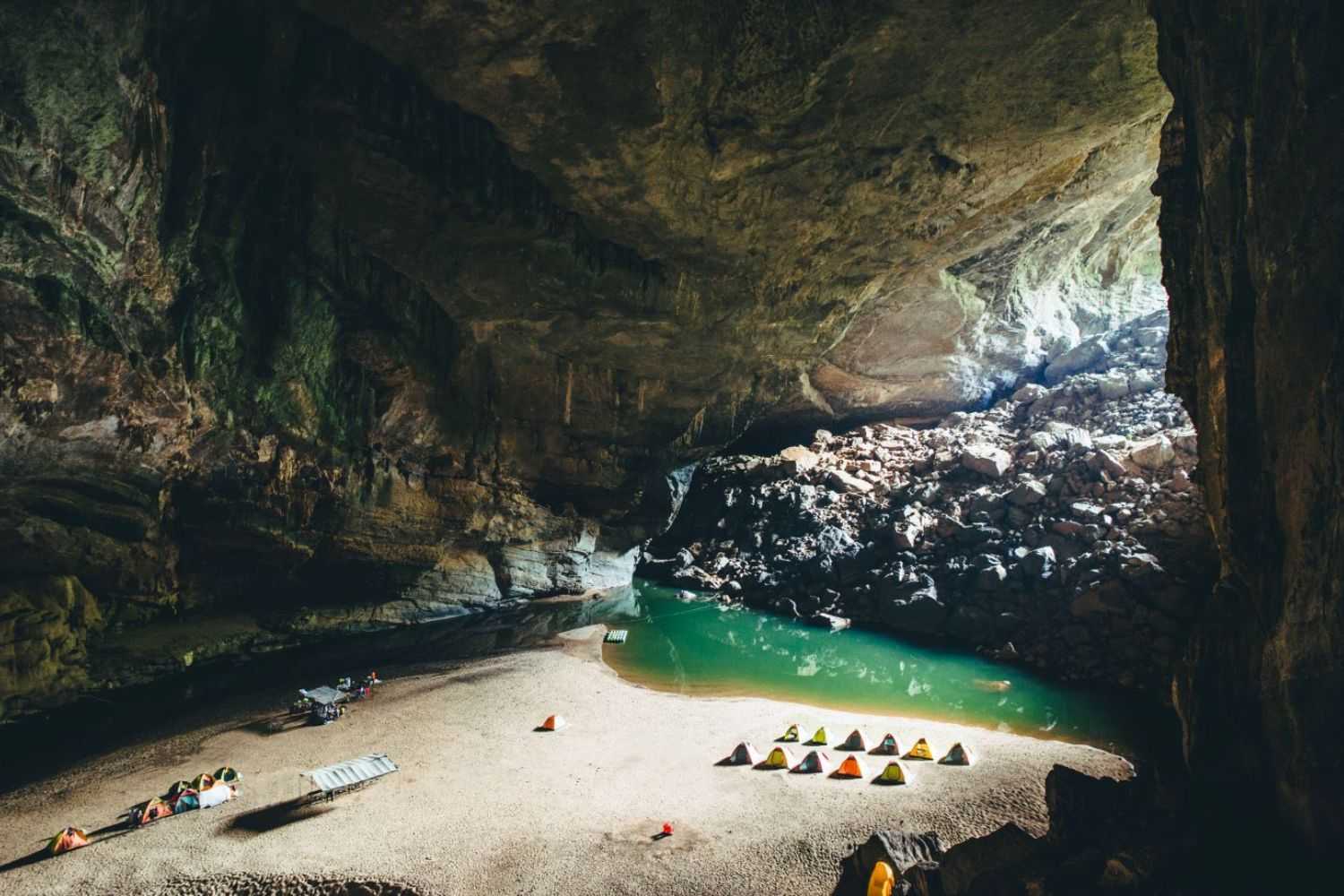



__637051765075307793.jpg)

__637051782550081035.jpg)
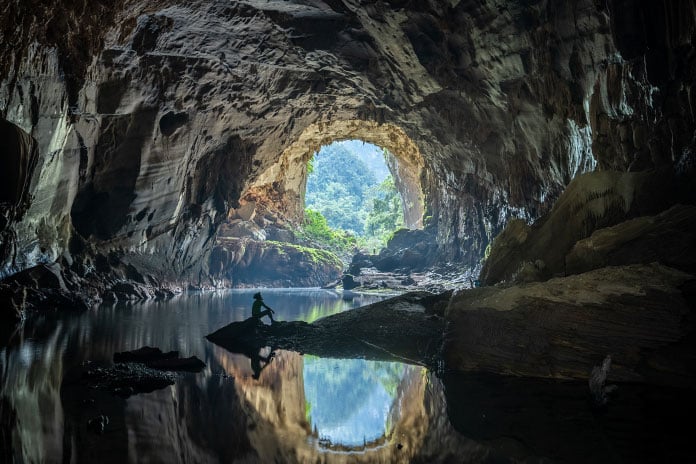
__637051777074859032.jpg)
__637051780703588520.jpg)
__637051781488596056.jpg)
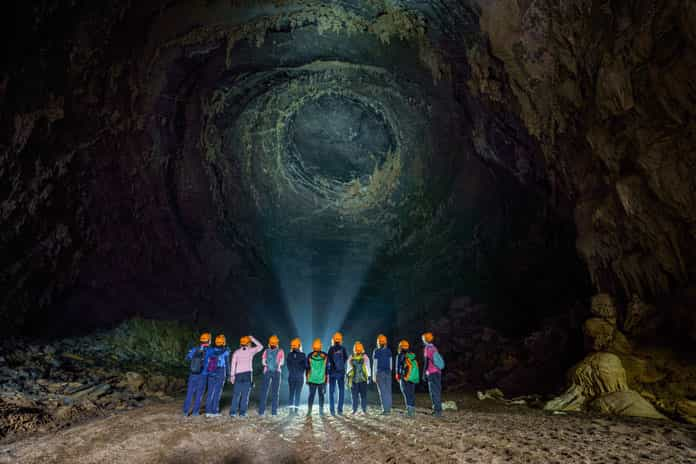
__637051767008903435.jpg)
__637051774329206026.jpg)
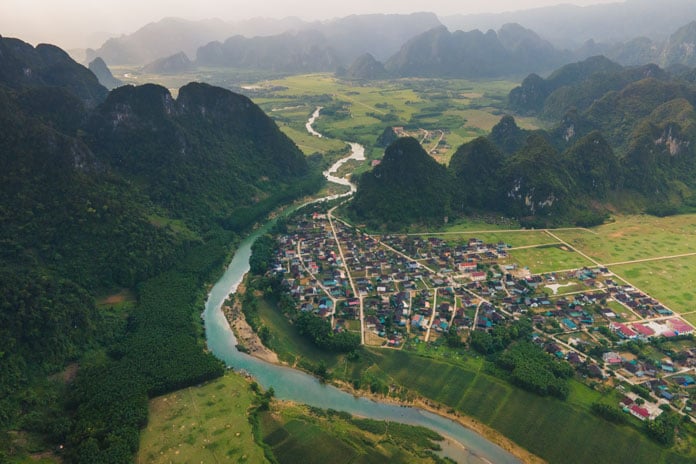
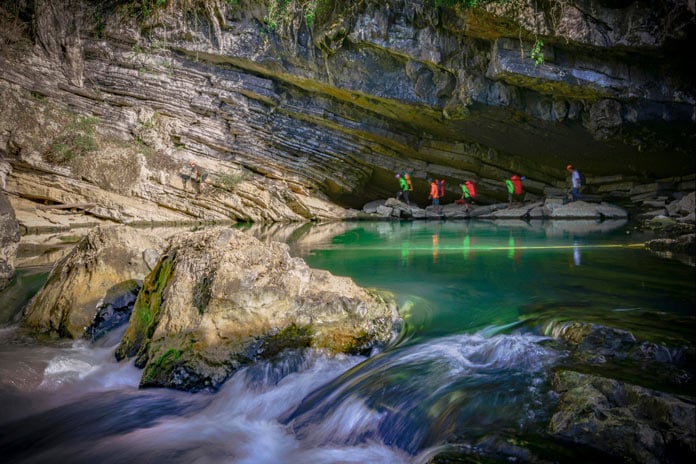
__637740499994967442.jpg)
